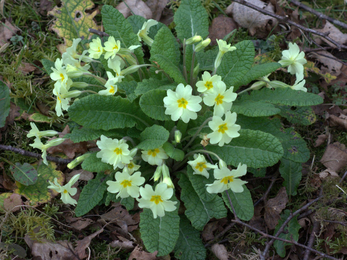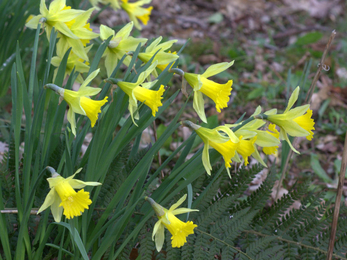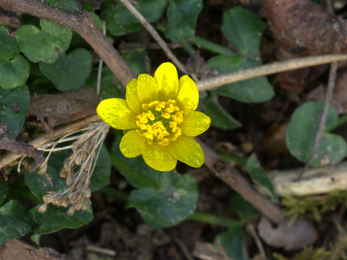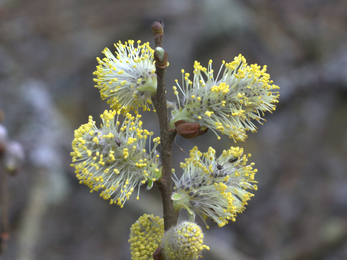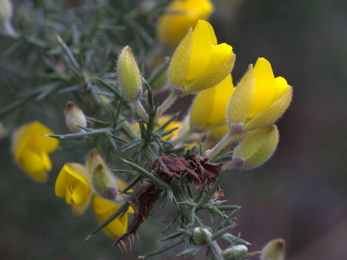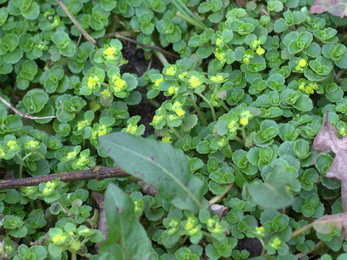Although not usually actually the “Prime rose” or first flower the primrose is undoubtedly yellow.
I am not entirely sure that they are native at Blashford, or at least if they were I suspect they were eradicated by the gravel workings and these are the result of plantings, however they do well and are spreading.
By contrast the wild daffodils are genuinely wild, they grow only where the original woodland ground surface remains, although they are also slowly spreading onto ground that was disturbed.


